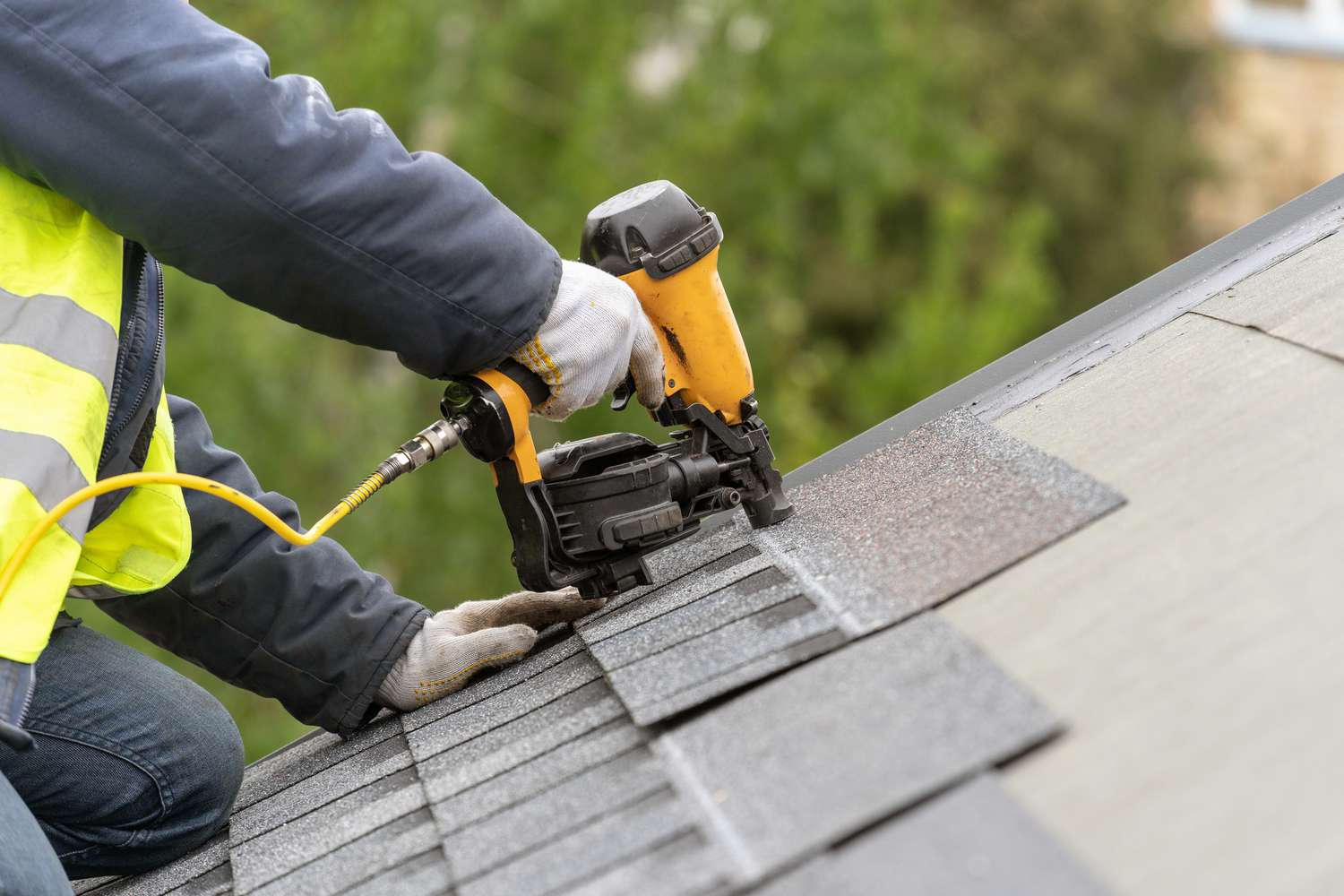A leaking roof is one of those problems that can go from annoying to catastrophic faster than you can say “water damage.” If you’ve got a pitched roof and you’ve noticed signs of a leak, you’re probably wondering: is this something I can fix myself, or do I need to call in the cavalry?
Well, the truth is—it depends. Fixing a leaking pitched roof can range from a straightforward patch-up to a full-on roofing project. Let’s break down what makes it simple or complex, and when it’s best to hand it over to the pros.
Understanding Pitched Roofs
What is a Pitched Roof?
A pitched roof is basically any roof that slopes downwards, typically in two parts at an angle from a central ridge. They’re common in the UK because they handle rain and snow better than flat roofs.
Common Materials Used
Most pitched roofs use materials like:
- Slate
- Clay tiles
- Concrete tiles
- Asphalt shingles
Each has its own quirks when it comes to repairs.
How They Differ from Flat Roofs
Pitched roofs drain water naturally due to their slope. Flat roofs, on the other hand, tend to collect water, which makes them prone to pooling and quicker deterioration. The pitched design adds complexity when it comes to accessibility and repair.
Signs Your Pitched Roof is Leaking
Visual Clues from the Outside
- Missing or broken slates
- Sagging or uneven roofline
- Moss growth (can trap moisture)
Interior Warning Signs
- Damp patches on ceilings or walls
- Peeling paint or plaster
- Dripping water or musty smells in the loft
When to Investigate Further
If the leak shows up during or right after heavy rain, odds are it’s time to climb up—or better yet, get someone qualified to do it for you.
What Makes Fixing a Leaking Pitched Roof Difficult?
Access and Safety Concerns
Working at height is no joke. Without proper safety gear and experience, fixing even a “minor” leak can turn risky fast.
Identifying the Leak Source
Water is sneaky. It may enter at one point and travel along rafters before dripping inside. That means where you see water isn’t always where the problem is.
Weather Conditions and Timing
Roof repairs are weather-dependent. Rainy or windy conditions make it unsafe and unwise to carry out repairs.
Simple Fixes That You Might Handle Yourself
Replacing Cracked or Missing Slates
This is doable if you’re handy and not afraid of heights.
Tools You’ll Need:
- Ladder or scaffolding
- Slate ripper
- Hammer
- Roofing nails
- Replacement slates
Step-by-step Instructions:
- Carefully remove the broken slate using a ripper.
- Slide in the new slate.
- Nail it into place or use slate hooks if nails aren’t an option.
Pro Tip: Always prioritise safety. If in doubt, call a roofer.
Cleaning Out Clogged Gutters
Clogged gutters can cause water to back up under your roof.
Tips for Safe Cleaning:
- Use a stable ladder.
- Wear gloves.
- Scoop debris into a bucket.
- Rinse with a garden hose.
Regular cleaning can prevent a lot of grief.
Dealing with Improper Flashing
Flashing seals joints in your roof (like around chimneys or skylights). When it fails, leaks follow.
Using Sealants and Tapes:
- Use roofing sealant to patch minor gaps.
- Flashing tape can be a temporary solution.
But remember, these are often short-term fixes.
When Things Get Complicated
Extensive Slate Damage
If half your roof slates are damaged or missing, it’s not just a repair—it’s a renovation.
When Patch Repair Isn’t Enough:
- Too many cracks weaken the entire system.
- Water can seep into the underlay and decking.
- A full re-roof may be necessary.
Repairing Leaking Valleys
Roof valleys are where two sections of roof meet. They funnel water, so they take a lot of abuse.
Importance of Correct Flashing:
- Valley flashing must be properly sealed and angled.
- Mistakes here can lead to repeat leaks.
This is definitely a pro-level job.
Ventilation and Airflow Issues
Bad airflow leads to trapped moisture, which can rot your roof from the inside out.
Modifying or Installing Roof Vents:
- May require cutting into the roof deck.
- Involves working inside the loft space.
- Not a job for the faint-hearted!
Internal Water Damage
If a leak has been going for a while, you might have rot, mould, or even structural issues.
Assessing Damage to the Roof Deck and Structure:
- You may need to tear back roofing layers.
- Damaged wood or insulation will need replacement.
- This kind of fix requires skill and experience.
DIY vs. Hiring a Professional Roofer
Cost vs. Risk
Sure, DIY might save money up front, but one slip or missed spot could cost more later. Professionals bring tools, know-how, and most importantly—insurance.
Knowing Your Limits
Be honest with yourself. If you’re unsure about heights, tools, or how roofs work, it’s best to leave it alone.
When to Call in the Experts
- Leak persists after multiple attempts
- You see structural damage
- Roofing materials are unfamiliar or difficult to source
Preventing Future Leaks
Regular Roof Inspections
Get up there (or hire someone) every year or after major storms. Early detection = easier repairs.
Maintaining Gutters and Flashing
Clean gutters twice a year and keep an eye on flashing. If it starts looking worn or cracked—replace it.
Upgrading Roofing Materials
Consider modern waterproof membranes or improved tiles when re-roofing to boost your roof’s longevity.
Conclusion
So, is it hard to fix a leaking pitched roof? It can be—but it doesn’t have to be. The real challenge lies in accurately diagnosing the issue, working safely, and knowing when to bring in the experts. Some leaks are an easy fix; others are like trying to plug a sinking ship with a teacup. If you’re ever unsure, don’t risk it—get help and keep your home dry and safe.
FAQs
How do I find the exact source of a roof leak?
Trace water stains back to their highest point. Use a torch in your loft after rain to spot drips or damp patches.
Can I patch a roof leak temporarily until a pro arrives?
Yes, using waterproof tarps or flashing tape can hold you over for a short time—but don’t rely on it long-term.
How much does it cost to repair a pitched roof leak in the UK?
It varies. Small repairs might cost £100–£300, while complex jobs can run into the thousands.
How long should a pitched roof last before needing repairs?
With proper care, most pitched roofs last 20–100 years depending on the material used.
Is a leaking roof covered by home insurance in the UK?
Usually, yes—but only if the damage wasn’t caused by neglect or poor maintenance. Always check your policy.




